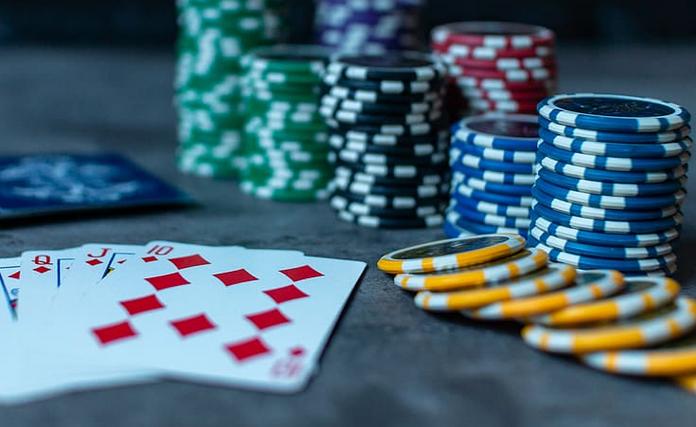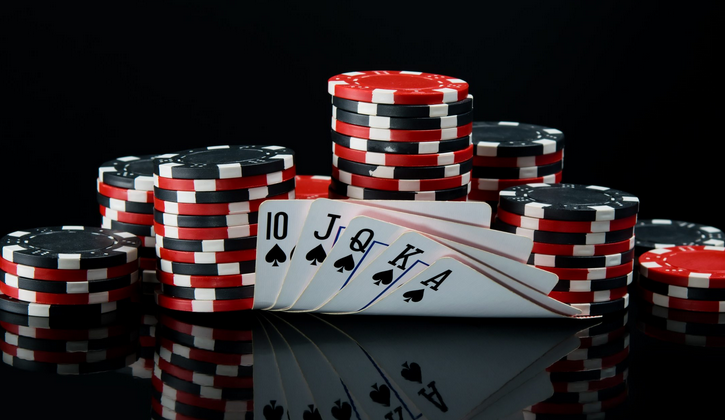Bluffing is a crucial aspect of poker that can turn the tide in your favor. In this article, we will delve into the art of bluffing, exploring effective strategies and techniques to enhance your skills and keep your opponents guessing.

Understanding the Purpose of Bluffing
Bluffing in poker serves as a tool to deceive opponents into believing that you have a stronger hand than you do. It allows you to win pots without having the best cards and keep your opponents off balance. Mastering the art of deceiving requires understanding its purpose and knowing when and how to execute it effectively.
Reading Your Opponents
Successful deceiving relies on your ability to read your opponents and detect their weaknesses. Observe their betting patterns, body language, and overall demeanor at the table. Look for signs of discomfort, hesitation, or inconsistency that may indicate vulnerability. Use this information to tailor your deceiving strategy accordingly.
Timing and Table Image
Timing is crucial when deceiving in poker. Bluffing at the right moment, when the board favors your story, can increase the chances of success. Additionally, maintaining a favorable table image, where opponents perceive you as a solid and cautious player, enhances the effectiveness of your bluffs.
Bet Sizing and Tells
Proper bet sizing is essential in deceiving. A well-calculated and strategic bet can convince opponents that you have a strong hand, forcing them to fold. Additionally, be mindful of your tells and try to minimize them. Maintain a consistent betting pattern to avoid revealing the strength or weakness of your hand.
Bluffing as a Tool, Not a Strategy
Use deceiving as a tool in your overall poker strategy, instead of relying on it as a standalone approach. Overusing deceiving can diminish its effectiveness and lead to unnecessary losses. Bluff selectively and intelligently, considering the specific dynamics of each hand and adjusting your approach accordingly.
Bluffing in Different Poker Variations
It’s important to understand that deceiving strategies may vary in different poker variations. For example, in No-Limit Texas Hold’em, bluffing is more prevalent, while in a game like Omaha, bluffing opportunities may be more limited. Familiarize yourself with the specific nuances of the poker variation you are playing to adjust your deceiving tactics accordingly.
Semi-Bluffing
Semi-bluffing involves making a bet or raise with a drawing hand that has the potential to improve in subsequent rounds. This strategic move can deceive opponents into thinking you have a strong hand while still having a backup plan if your draw hits. Learn to identify suitable opportunities for semi-bluffing and utilize them to your advantage.
Recognizing and Avoiding Overbluffing
While deceiving is an integral part of poker, over bluffing can be detrimental to your game. Overbluffing occurs when you bluff too frequently or in situations where it is unlikely to succeed. Maintain balance in your deceiving frequency to avoid becoming predictable.
Adjusting Bluffing Based on Table Dynamics
Table dynamics, such as the playing style of opponents, stack sizes, and overall game flow, should influence your bluffing decisions. Adapt your deceiving frequency and strategies based on the specific dynamics of each table. For example, bluff more against tight and cautious players, and bluff less against loose and aggressive opponents.
Conclusion
Mastering the art of bluffing in poker requires practice, observation, and strategic thinking. By understanding the purpose of bluffing, reading your opponents, mastering timing and table image, utilizing proper bet sizing, and treating deceiving as a tool, you can elevate your poker game and achieve greater success at the table.
In conclusion, deceiving is an essential skill in poker that can give you an edge over your opponents. By understanding its purpose, reading your opponents, mastering timing and table image, using proper bet sizing, and integrating deceiving into your overall poker strategy, you can become a formidable player at the table. Practice these techniques, stay observant, and embrace the art of deception to enhance your poker game play. Good luck!

